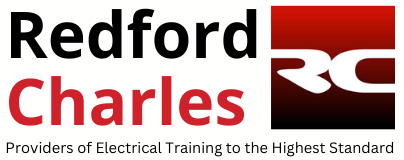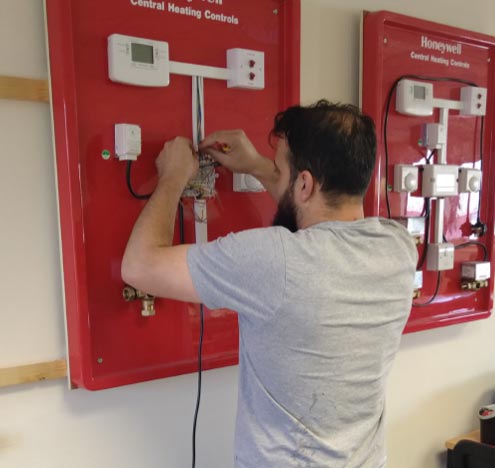This publication provides a clear explanation of electric vehicle charging equipment and installation, setting out the considerations and planning needed in advance and the necessary physical and electrical requirements during the installation process. It also details what needs to be considered when undertaking electrical work on charging equipment in various different locations – such as domestic dwellings, on-street locations, and commercial and industrial premises.
Key changes to the code for the 5th edition include:
- full alignment with BS 7671:2018+A2:2022 and the latest guidance in ENA Engineering Recommendation G12/4.
- a substantially updated section on “Vehicle as Storage” including prosumer’s electrical installations.
- legislative changes reflecting:
- new regulations covered in the Smart Charging Regulations 2021.
- changes to Part S of the Building Regulations 2022.
- physical installation requirements and accessibility for Part M of the Building Regulations and PAS 1899 guidance.
- changes made within the latest amendment to BS7671.
- new guidance on the installation of telecommunications and auxiliary cabling.
- revising the requirements of a simultaneous contact assessment to accommodate a mix of earthing arrangements.
- considerations for Fire Safety in EV charging installations (recognizing RiscAuthority publication RC59) for domestic and commercial properties.
- new and updated appendices covering:
- installation practices for earth electrodes.
- Mode 4 charging equipment including details of pantograph connectivity systems for HGV and PSV.
- guidance regarding the minimum depth of buried cables and minimum height of overhead suspended cables in different environments.
- extended guidance covering earth fault loop impedance and RCD testing, including use of vehicle simulators for Mode 3 charging equipment, and testing in prosumer’s electrical installations.
- an expanded DNO Notification section to include for V2G and V2H applications.
- updated guidance on inductive charging installations.



